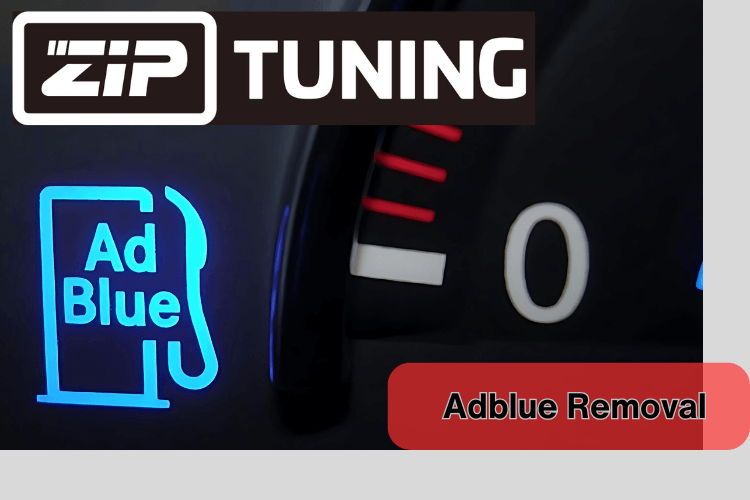AdBlue is becoming an essential topic in the world of automotive technology, particularly as the demand for cleaner emissions grows. Many drivers may have heard of AdBlue but might not fully understand what it actually is or how it works. This solution, primarily composed of urea and deionized water, plays a crucial role in reducing harmful nitrogen oxide emissions from diesel engines. As stricter environmental regulations are enforced, understanding AdBlue becomes increasingly important for both vehicle owners and operators.
The use of AdBlue not only helps vehicles meet regulatory standards but also ensures optimal engine performance. This simple solution effectively converts harmful gases into harmless nitrogen and water vapor through a process known as selective catalytic reduction. However, the conversation around AdBlue also includes the topic of AdBlue removal, which raises questions about compliance and environmental responsibility. As we delve deeper into the workings and significance of AdBlue, we unlock a world where technology meets sustainability, providing a straightforward answer to a complex challenge.
Understanding AdBlue Technology
AdBlue is a fluid that is used in modern diesel engines to reduce harmful emissions. It is a mixture of deionized water and high-purity urea, typically consisting of 32.5 percent urea and 67.5 percent water. knperformance of AdBlue is to facilitate the selective catalytic reduction (SCR) process, which is designed to convert nitrogen oxides (NOx) in exhaust gases into harmless nitrogen and water vapor. This technology is crucial for meeting stringent emissions regulations and is commonly found in vehicles equipped with SCR systems.
When diesel exhaust gases pass through the SCR catalyst, AdBlue is injected into the exhaust stream. Under the high temperatures present in the exhaust system, the urea in the AdBlue breaks down into ammonia. This ammonia then reacts with the nitrogen oxides, leading to their reduction and forming nitrogen and water as byproducts. This chemical reaction not only helps in compliance with environmental standards but also enhances the overall efficiency of diesel engines by improving their performance and fuel economy.
To maintain the effectiveness of the SCR system, it is essential for vehicle owners to monitor their AdBlue levels and refill as necessary. Running out of AdBlue can result in reduced engine performance and, in some cases, may prevent the vehicle from operating. Regular maintenance and understanding of how AdBlue works can lead to a more responsible use of diesel vehicles while contributing to a cleaner environment.
The Importance of AdBlue Removal
AdBlue removal is a critical consideration for owners of diesel vehicles equipped with selective catalytic reduction systems. This non-toxic solution is essential for reducing harmful nitrogen oxide emissions, helping vehicles meet stringent environmental regulations. However, in certain situations, removing AdBlue may become necessary, particularly when the system malfunctions or degrades. Understanding the implications of AdBlue removal can save vehicle owners time and money while ensuring compliance with emissions standards.
Neglecting proper AdBlue management can lead to significant issues concerning vehicle performance and emissions. When the AdBlue solution is not properly maintained or is removed without appropriate checks, the vehicle may face reduced power and efficiency. This can result in increased fuel consumption and higher overall operating costs. Furthermore, vehicles may enter limp mode, restricting performance until the AdBlue system is addressed. Therefore, awareness and proper handling of AdBlue are crucial for maintaining vehicle reliability and efficiency.
Additionally, the removal of AdBlue should always be considered in light of environmental impacts. The effectiveness of the SCR system in lowering emissions through the use of AdBlue plays a significant role in reducing pollution and adhering to legal standards. Removing AdBlue improperly not only jeopardizes vehicle performance but can also contribute to increased emissions, negatively affecting air quality. Ultimately, vehicle owners must weigh the benefits of AdBlue maintenance against the consequences of its removal, ensuring they make informed decisions that align with both their interests and environmental responsibilities.

Best Practices for AdBlue Management
Effective management of AdBlue is essential for maintaining vehicle performance and compliance with emissions standards. One best practice is to regularly check the AdBlue level in your vehicle to ensure it does not dip below the minimum threshold. Many modern vehicles are equipped with sensors that monitor AdBlue levels, but it's wise to manually inspect the tank during routine maintenance. Keeping an eye on the level helps to prevent running low, which can result in engine performance issues and may cause the vehicle to enter a limp mode.
Another important practice is to store AdBlue in a cool, dry place away from direct sunlight and extreme temperatures. Temperature fluctuations can negatively affect the quality of AdBlue, potentially leading to crystallization or degradation. When dispensing AdBlue, always use clean equipment to avoid contamination, as impurities can harm the SCR system and result in costly repairs. Following proper storage and handling guidelines will ensure that the AdBlue you use is effective and enhances the performance of your emissions control system.
Lastly, it is advisable to understand the specific AdBlue requirements of your vehicle. Different manufacturers may have varying recommendations for usage and specifications. Familiarizing yourself with the correct AdBlue type ensures compatibility and efficiency. Some vehicles may also come with reminders for AdBlue refills, and it's wise to heed these notifications promptly to avoid operational disruptions. Proper knowledge and adherence to vehicle guidelines will help keep your engine running smoothly while meeting environmental regulations.
